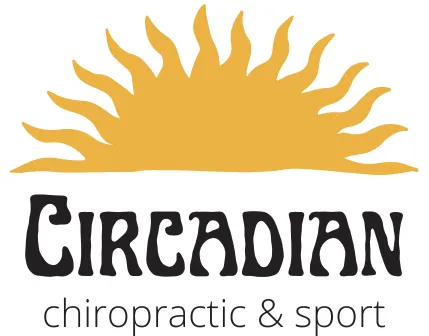
Recovering from Sports Injuries with The Neubie
Use the Neubie Device & the NeuFit Method in Clinical Care for the Following:
Clinicians have been able to use the NeuFit Method and the Neubie Device to help patients recovering from:
Musculoskeletal Conditions
Plantar fasciitis
Ankle sprain
Shin splints
Knee ligament injury
Jumper’s knee
Hamstring strain
Pulled groin
Strained quad or hip flexor
Other strained or torn muscles
Post-Operative Recovery
Recovery from orthopedic surgery
Pain Management
Back pain
Neck pain
Rotator cuff injury
Shoulder impingement
UCL strain
Tennis elbow
Epicondylitis
Carpal tunnel
Trigger finger
Arthritis
Swelling and lymphedema
Chronic pain
Neuromuscular Re-education
Facilitating remarkable progress in patients seeking to regain lost functions due to:
Stroke
Spinal cord Injury
Traumatic brain injury
Multiple Sclerosis
Other neurological injuries or diseases
Neubie 101
(Finding the weak links and then training them…)
All injuries are caused by the body’s inability to absorb force properly. Our primary goal with The Neubie is to help retrain you to absorb force properly to do the activities/sports that you love to do.
What does this mean? Beyond simply moving our joints and bodies, muscles also act as force absorbers or shock absorbers. If a muscle can’t turn on at the appropriate time, is too weak, and/or is in a chronically shortened/protected state, then we see those as neuro-muscular weak links, or a brain-body mismatch, and force that is supposed to be absorbed by certain structures goes into structures that aren’t designed to absorb that shock (i.e. glutes not turning on and then ligaments/discs of spine are injured, not because a movement is “dangerous” or “bad”, but because of the inability to absorb force.) This is important to grasp because injuries can end in areas that are distant from where it is felt and muscles will be “tight” as a protective response.
Using direct current with The Neubie, we can map or scan the body to find these weak links which we call "Hot Spots'', or areas of muscular dysfunction.
With our body mapping process, we find that the brain and muscles are either:
A) Communicating and performing normally (i.e. no “hot spot”), or
B) In a state of protection (brain senses a threat → pain signal to muscle → feeling of a “hot spot”)
Once we find two (or more) hot spots, we take clients through an active movement session while we gradually turn up the intensity of the direct current going into these hot spots. This allows the client to move their own bodies through movements that may be challenging (or not possible) during daily life/sport following sports injuries or surgeries, and most importantly, to retrain the brain that performing these movements with these specific muscles firing is not a threat.
For example, a golfer may have lower back pain and we find hot spots in his glutes and low back muscles (telling us that he’s not absorbing force properly, causing issues like lower back pain while swinging). In addition to doing movements that may give him issues (i.e. standing marches if walking is also challenging), we can also have them swing a club while using The Neubie’s direct current to retrain the brain/body to not be in a state of protection during these movements. Because every single person is different, no two sessions are identical.
In addition to performing these movements while using The Neubie, we provide the space and plans for you to continue to train/rehab with us at Circadian or at home through training movements that will address this long-term underlying dysfunction (i.e. specific neck & spinal movements and full body training plans) which is no different than the training which we recommend for our clients (ISO’s, etc.). Noteworthy: we’ve seen many situations where “hot spots” go away simply from both Chiropractic and/or training in this style, so you aren’t doomed if you don’t use The Neubie or have access to one… just simply have to stimulate to a level that you’ve likely never been to before.
Chiropractic care (restoring brain/body communication)
Finding “hot spots” then moving in ways
Brain/body relearn that it’s safe to move (lowered threat)
Improved motion, less guarding & pain → better performance

